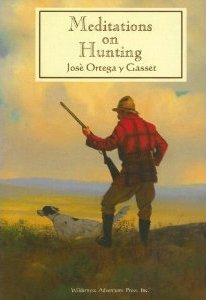 If my pristine hardcover copy of Meditations on Hunting was a paperback, it would be heavily marked up.
If my pristine hardcover copy of Meditations on Hunting was a paperback, it would be heavily marked up.
Here and there, a sentence would be underlined, noting my emphatic agreement. Mostly, though, the margins would be crammed with question marks, exclamation points, and words of protest.
This little book, written in 1942 by Spanish philosopher José Ortega y Gasset, is quoted so often in the literature of hunting that it has taken on near-scriptural status. I guess I’m a heretic.
Of the dozens of bones I have to pick with Ortega, here I’ll chew on just one.
Ortega celebrates the “exemplary moral spirit of the sporting hunter” who hunts for diversion. He looks down on the “utilitarian” hunter who, like “Paleolithic man and…the poacher of any epoch,” hunts for food.
A sport is the effort which is carried out for the pleasure that it gives in itself and not for the transitory result that the effort brings forth… In utilitarian hunting the true purpose of the hunter, what he seeks and values, is the death of the animal. Everything else that he does before that is merely a means for achieving that end, which is its formal purpose.
Ortega seems to have forgotten something here. What the utilitarian hunter seeks and values is not death. It is life: food. But Ortega has more to say.
In hunting as a sport this order of means to end is reversed. To the sportsman the death of the game is not what interests him; that is not his purpose. What interests him is everything that he had to do to achieve that death—that is, the hunt…
Setting aside the fact that some sport hunters do seem quite interested in “the death of the game,” I agree with Ortega that there is far more to hunting than the death of the animal. The process of the hunt is undeniably compelling.
But, here again, Ortega has missed something. Utilitarian hunters are also compelled by the hunt itself. In his introduction to A Hunter’s Heart, Richard Nelson writes, “During a year I spent in the arctic coastal village of Wainwright, I was struck by the fact that Inupiaq men lived to hunt as much as they hunted to live.”
Ortega’s sportsman may live to hunt, but he does not hunt to live. And that makes the killing—and Ortega’s explanation of it—more tenuous.
Death is essential because without it there is no authentic hunting… The hunter seeks this death because it is no less than the sign of reality for the whole hunting process. To sum up, one does not hunt in order to kill; on the contrary, one kills in order to have hunted.
So, for Ortega’s sportsman, the animal’s death is a “sign” that the hunt was “authentic” and “real.”
To my ear, such insistence on authenticity suggests one thing clearly: Ortega’s sportsman is out of touch with reality. Why else would he need a sign of it?
Here, as elsewhere in the book, Ortega’s case for the superiority of sport hunting over utilitarian hunting appears to stem from a fundamental cultural arrogance. Tribes who depend on hunting for survival, Ortega writes, “represent the most primitive human species that exists.” Ignorant as these primitive brutes are—lacking “the slightest hint of government, of legislation, of authority”—their hunting and their philosophical understanding of it must, naturally, be inferior to those of civilized Europe.
But it his own ignorance—of tribal cultures and their enormously complex “utilitarian” hunting traditions—that Ortega demonstrates.
For, as Bob Kimber writes in Living Wild and Domestic, “it is the utilitarian hunter dependent on the hunt for sustenance who will have the greatest knowledge of, and respect for, his wild brethren and whose culture will make that knowledge and respect manifest in its arts, rituals, myths, and day-to-day behavior.”
Unlike the Inupiaq hunters described by Nelson, I don’t need to hunt to survive. But I do hunt to eat. Food is central to the landscape of meanings in which my hunting is rooted.
It is for food—not for a sign that my hunting is real—that I take aim at the whitetail’s heart.
© 2010 Tovar Cerulli

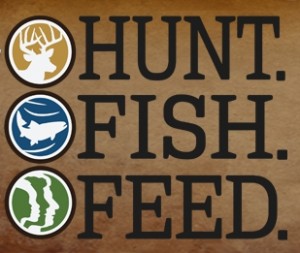 Two weeks ago, I got an email from
Two weeks ago, I got an email from 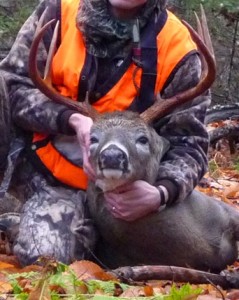 In the periphery of my mind, the antlers registered: maybe six points, probably a little bigger than the five-pointer I had shot some fifty yards from here, the year before.
In the periphery of my mind, the antlers registered: maybe six points, probably a little bigger than the five-pointer I had shot some fifty yards from here, the year before.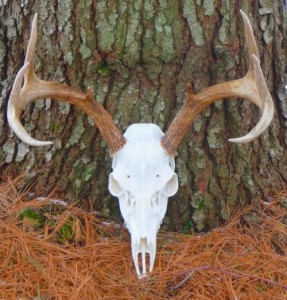 Yet I did keep the skull and antlers: As things of stark beauty. As a reminder of that hunt. As a reminder of the biggest deer I ever expect—or feel any need—to kill.
Yet I did keep the skull and antlers: As things of stark beauty. As a reminder of that hunt. As a reminder of the biggest deer I ever expect—or feel any need—to kill.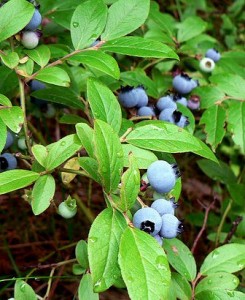
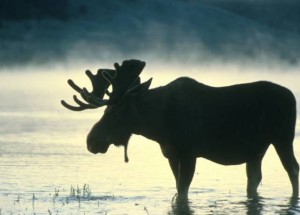
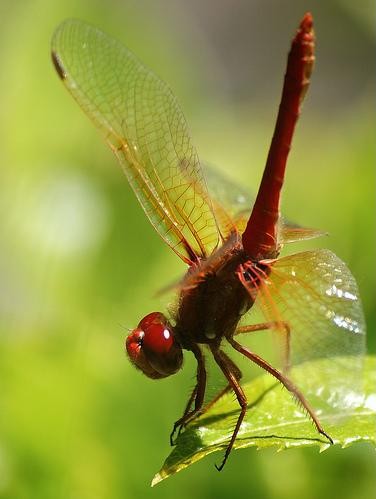
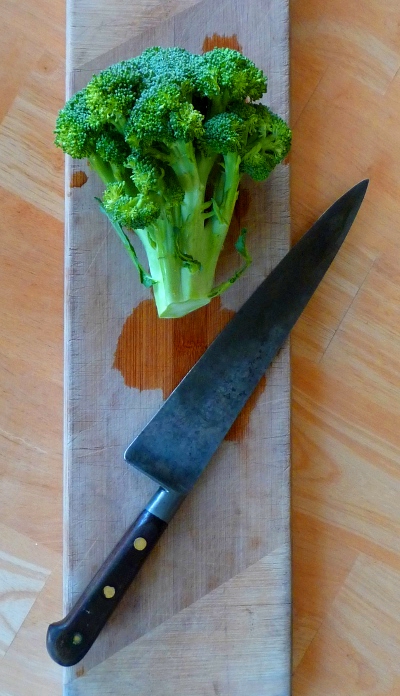 The timing was dead-on.
The timing was dead-on.